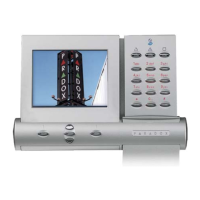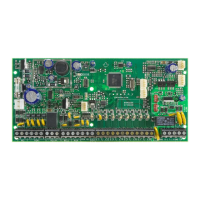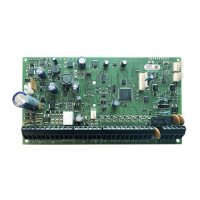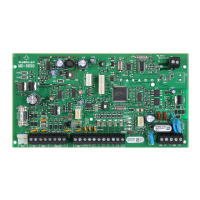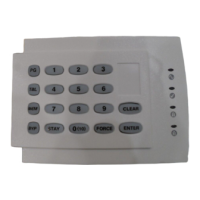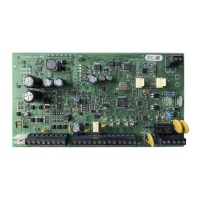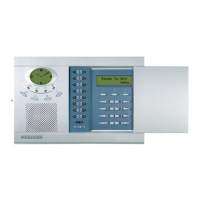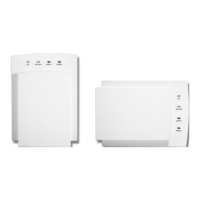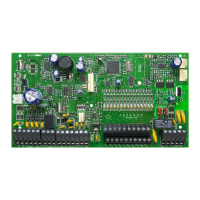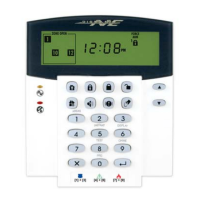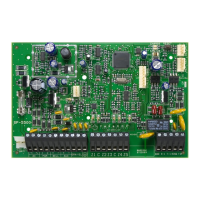
Do you have a question about the Paradox K10LEDV and is the answer not in the manual?
| Type | Keypad |
|---|---|
| Voltage | 12 V DC |
| Alarm Current | 100 mA |
| Backlight | Yes |
| Display | LED |
| Zone Input | 1 zone input |
| Compatibility | MG5000, MG5050, SP4000, SP65, SP5500, SP6000, SP7000 |
Details on the primary master code for system administration and control.
Information on Master Codes 1 and 2 for partition-specific user management.
How to use a duress code for silent alarm transmission during forced disarming.
Guidance on programming 4-digit or 6-digit user codes for security.
Step-by-step instructions for adding or changing user codes and assignments.
Procedure for removing user codes from the system.
How to program the system's current time and date for accurate logging.
How to enable or disable audible chimes for specific zones on keypads.
How to view and understand system trouble conditions indicated on the keypad.
Explains auditory and visual feedback signals from the keypad.
How to adjust keypad sound and illumination levels.
Description of the K636 keypad layout, keys, and indicators.
Description of the K321 keypad layout, keys, and indicators.
Description of the K10LEDV/H keypad layout, keys, and indicators.
Description of the K32LED keypad layout, keys, and indicators.
How to turn StayD mode on/off and change arm modes.
Procedures for leaving and entering the site with StayD armed.
Features like Window Mode, Re-arm Delay, and Live View Mode for StayD.
How to arm the system for full protection.
How to arm the system, protecting perimeter and main floor areas.
How to arm the system while allowing free movement within the premises.
How to temporarily exclude specific zones from arming.
How to reinstate previous zone bypass entries.
How to arm/disarm without a user code.
How to exit an armed premise and keep it armed.
How to program the system to arm automatically at set times.
How alarms are displayed and stored in memory.
Procedures for disarming an active alarm or armed system.
How to trigger emergency panic alarms (police, medical, fire).
How the system handles fire alarms and delayed fire zones.
Tips on fire prevention and warning system installation.
How to test system components and recommended maintenance.
Using the IP100 module for remote monitoring and notifications.
Setting up the GSM module to receive SMS event notifications.
Steps to configure the GSM module for sending text messages.
How to use the VDMP3 voice dialer for remote control.
Procedures for calling the VDMP3 from an external line.
Visual guide to calling and interacting with the VDMP3 system.
Using PGMs for system events like light control or smoke detector reset.
Dividing the system into two distinct areas for zone and feature assignment.
Using specific key combinations for system functions.
General notes and configuration options for the system.
Accessing programming menus via master codes.
Steps to program user codes and partition assignments.
Configuring entry, exit, and bell cut-off delays.
How to set the system's time and date.
Configuring communication with the WinLoad software.
Programming phone numbers for the communicator module.
How to send a test report to the monitoring station.
Programming automatic arming times and modes.
Toggling siren squawks on arm/disarm events.
Details on product warranty terms and conditions.
Information on system limitations and considerations.
Warnings about connecting to non-traditional telephony like VoIP.
Important safety information and FCC compliance for users.
Details on legal notices, patents, and trademarks.
